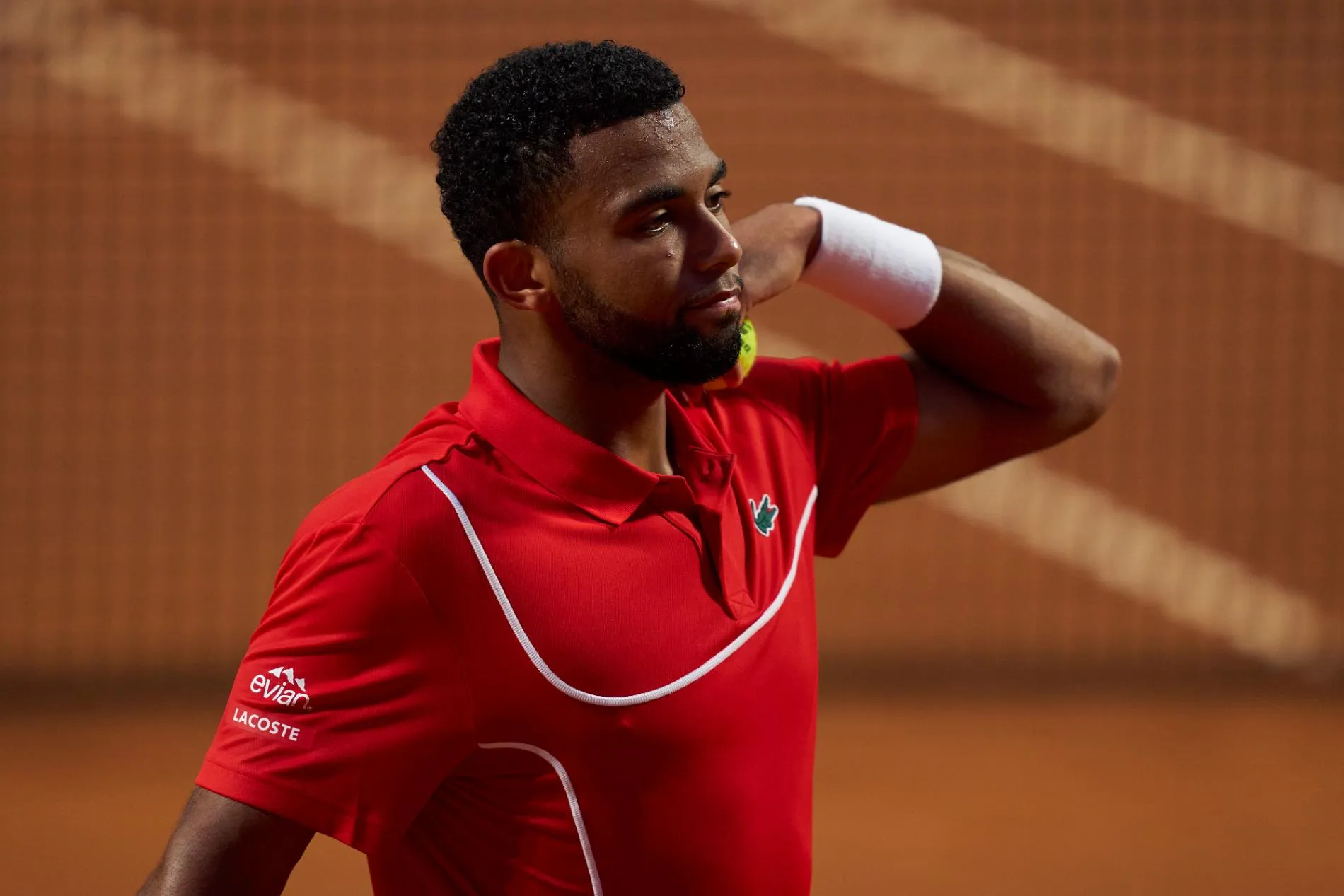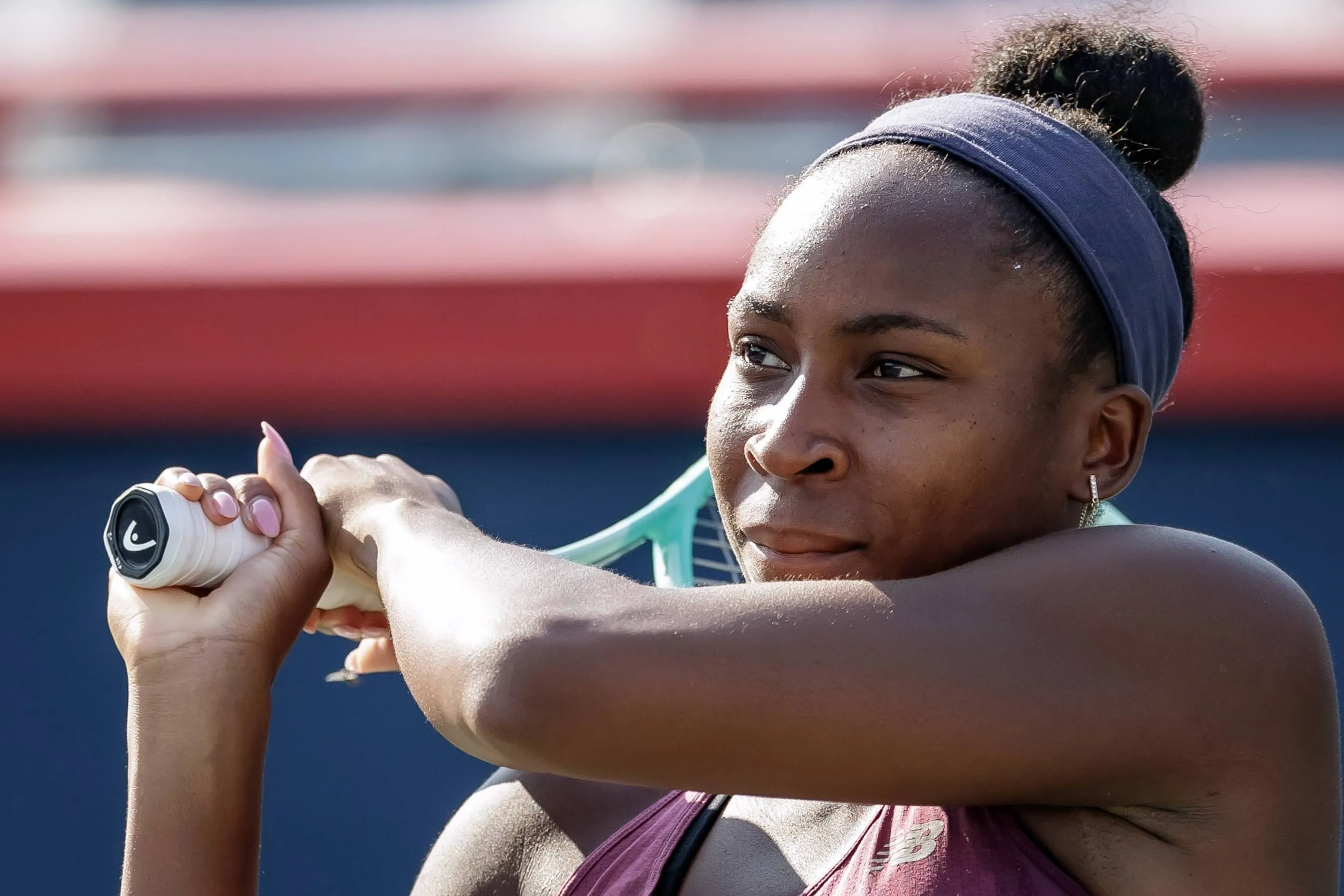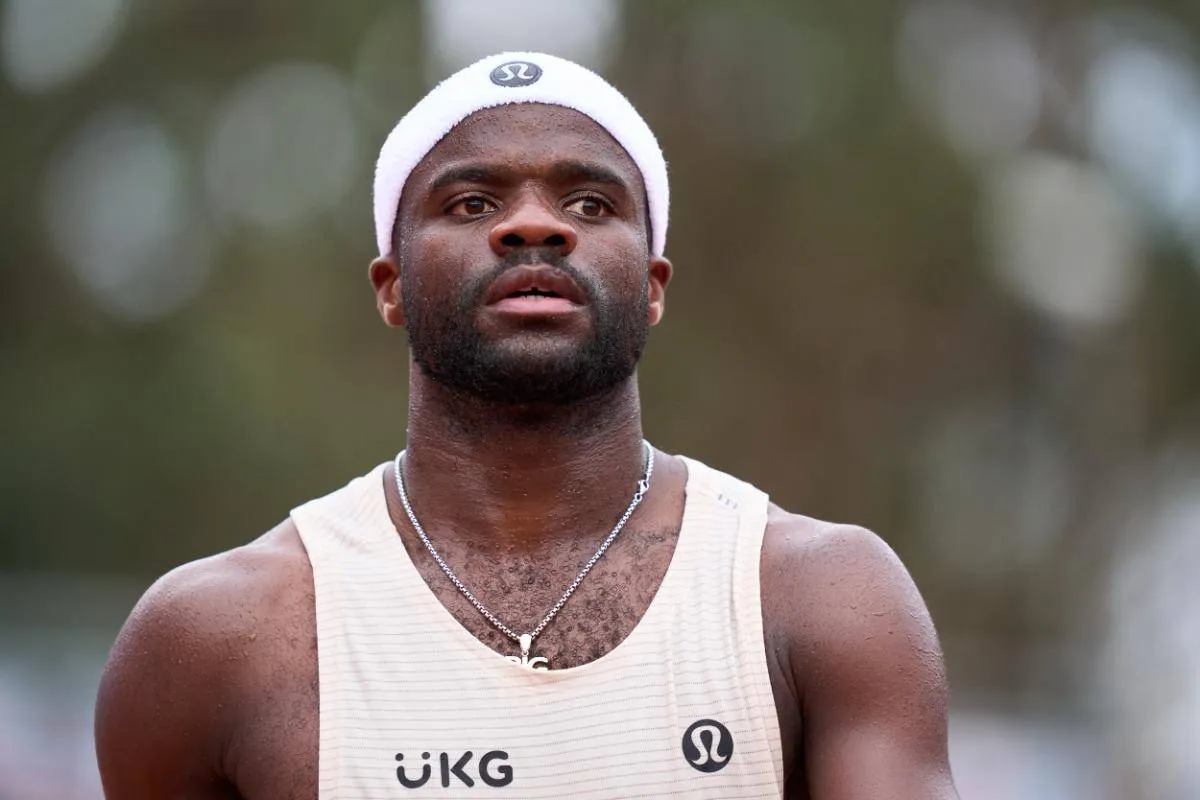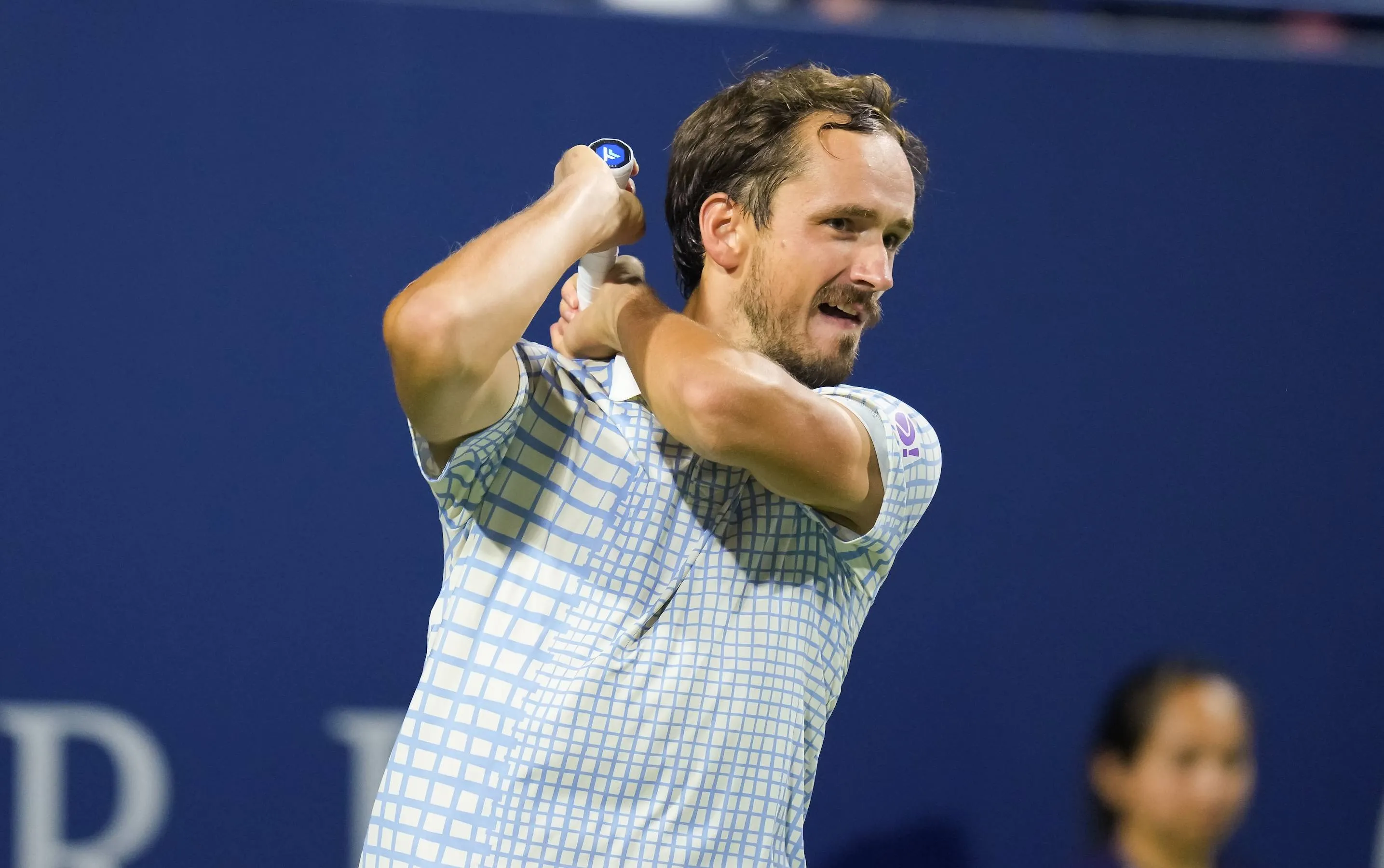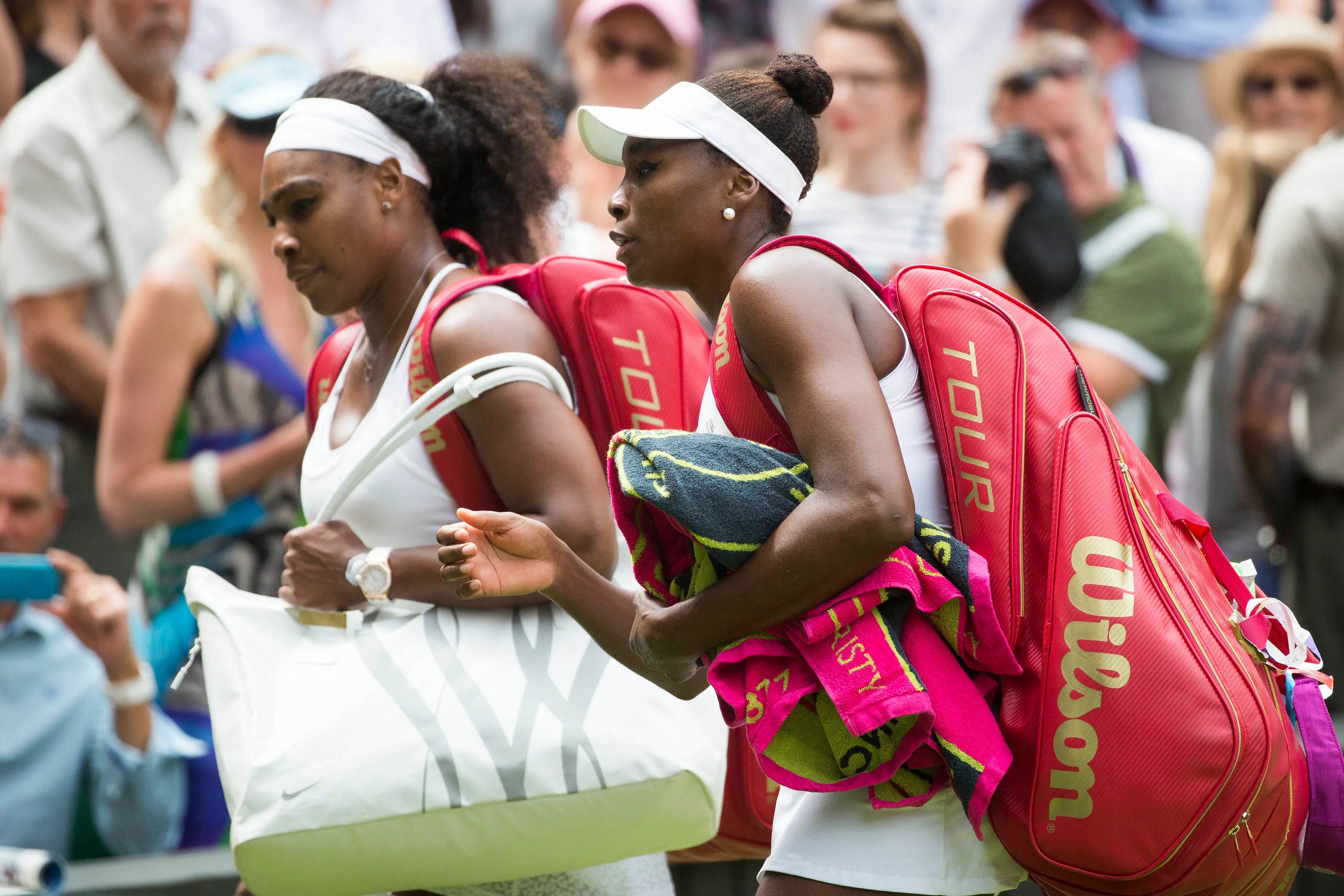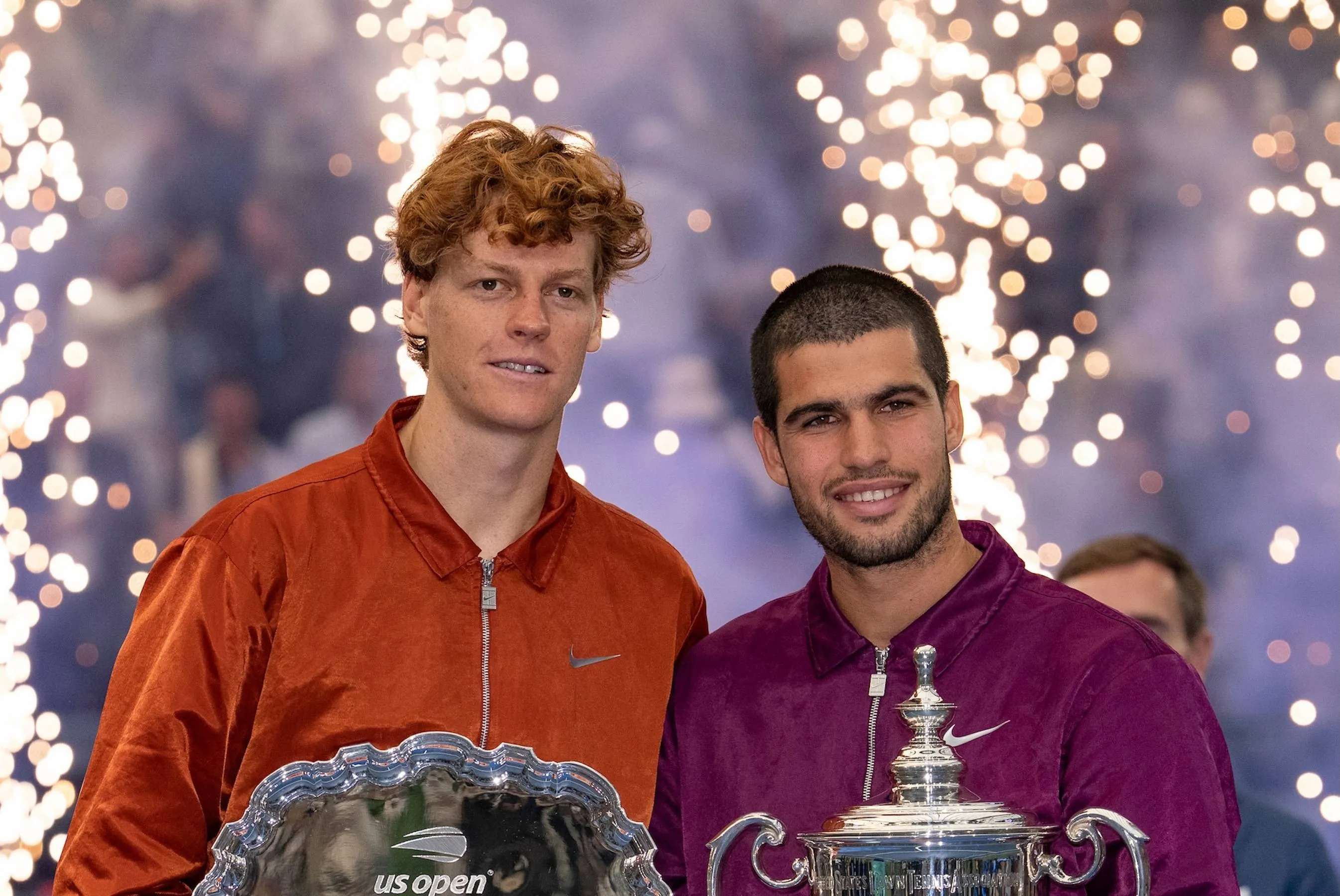Casper Ruud Explains Struggling To Return Errani's 70 mph Serves
NewsThursday, 21 August 2025 at 13:48
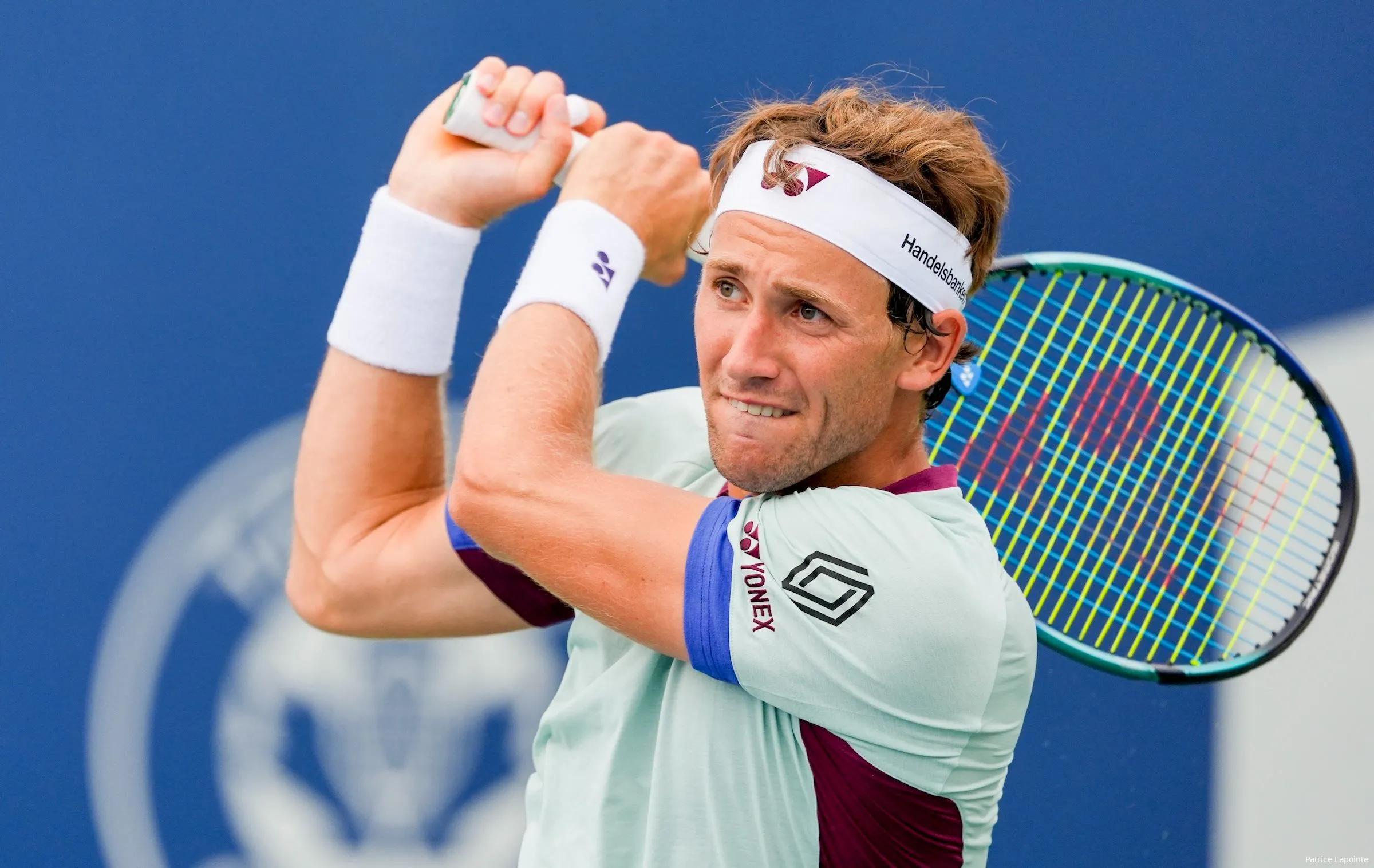
Casper Ruud explained why he struggled to return Sara Errani's serve at the US Open, even though it was ridiculously slow.
Ruud is now a mixed doubles Grand Slam finalist. He teamed up with Iga Swiatek at the 2025 US Open, with the Polish player making a Herculean effort to make it to New York in time after playing in the Cincinnati Open final.
She made it, despite getting to her hotel room only 12 hours before their first-round match. In that match, Ruud and Swiatek beat Frances Tiafoe and Madison Keys 4-1, 4-2. In the second round, they then outplayed Lorenzo Musetti and Caty McNally with the same scoreline.
The Norwegian-Polish duo then played a spectacular semi-final match against Jack Draper and Jessica Pegula, winning 3-5, 5-3, 10-8 in an hour and 26 minutes.
They then had some time to rest before taking on Andrea Vavassori and Sara Errani in the final. Ultimately, the effort from Ruud and Swiatek wasn't enough to win the title, as the Italian pairing won 6-3, 5-7, 10-6.
One thing in particular that stood out during the match and during the tournament as well was Errani's serve. The 38-year-old Italian is only 1.64 m (5 ft 5 in) tall, and her serves are only about 70 mph (112 kph) fast on average.
That's extremely slow compared to, for example, Giovanni Mpetshi Perricard's 153 mph (246 kph) serve, which he recorded at this year's Wimbledon Championships. Taylor Fritz was on the receiving end of that serve, and he ended up winning the rally.
At the US Open, however, Fritz had issues returning 70 mph serves from Errani, as did Andrey Rublev, Christian Harrison, and Casper Ruud in the final. Following the final loss, the Norwegian player explained why it is so hard for players to return Errani's serve.
"I also do a few errors there that I'm not going to say I normally do but I would like to have back. Just they fit because Andrea moves so well at the net. Singles players don't think about crossing when someone serves at 70 miles an hour. It's like a fear for us of crossing. We're not used to that. We're not used to seeing that on our own return."
"The most frustrating thing is you feel like you hit a good return, he's there, he puts away a volley. You have it all going in your head, Don't hit where he is, don't hit where he is. He covers a lot in the middle, then suddenly he chooses a side."
Ruud explained that it wasn't only about Errani's serve, but mostly about Andrea Vavassori's movement on the net. Vavassori's movement made it hard for Ruud to choose his spots.
"At the end I told myself to just pick a spot. If he's there and hits a volley, too good. I think we broke her at least twice. I don't think she was broken until the final during the whole tournament. At least we got the two breaks. It's a different look, yes. You get a little bit more used to it."
"But it's just a mix of her coming at a different pace and him moving incredibly well. They know each other well. They play with each other every slam. They make a good fit. But yeah, it's been kind of fun and frustrating seeing that we shank forehand returns when we're not supposed to. It's also creds to Andrea for moving so quickly and well at the net."
Read also
Loading

